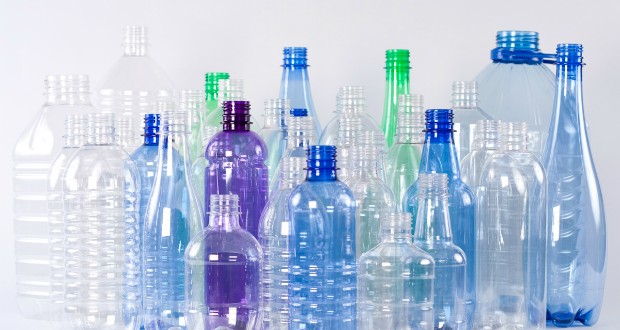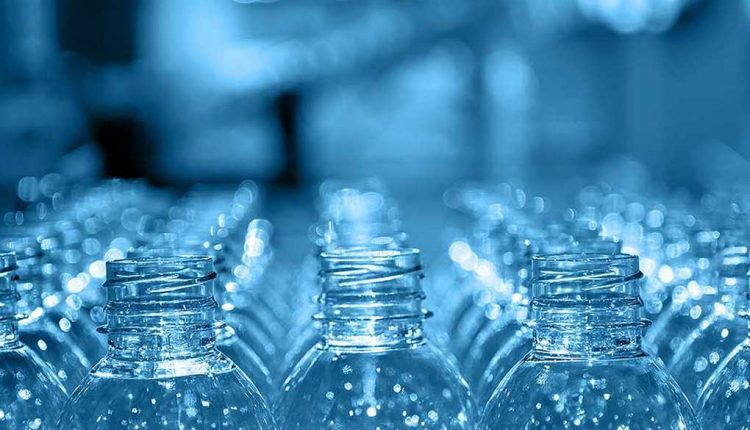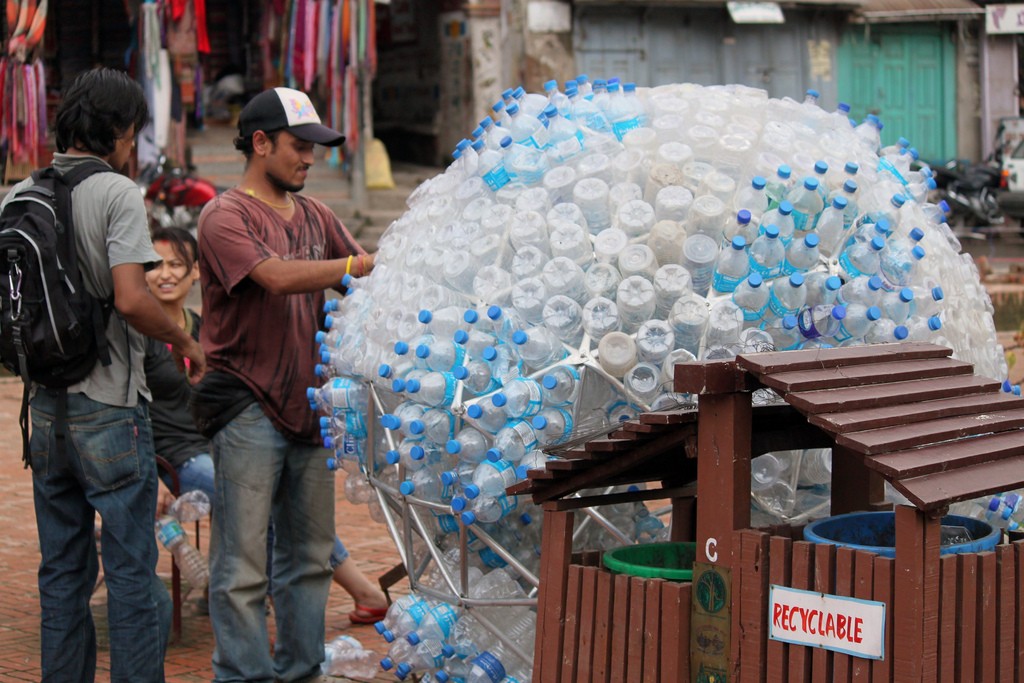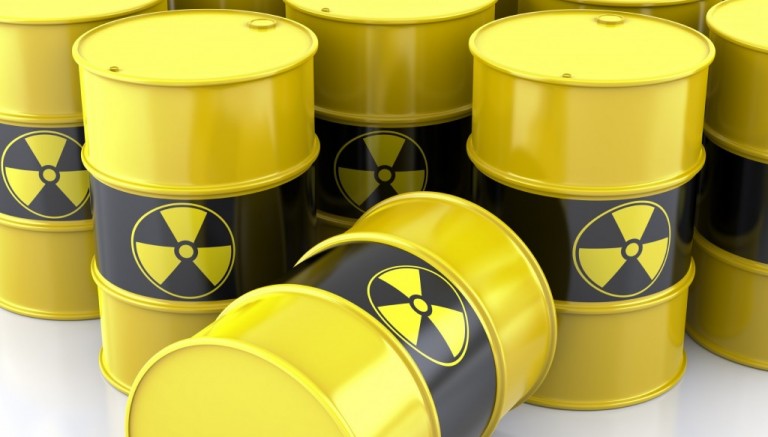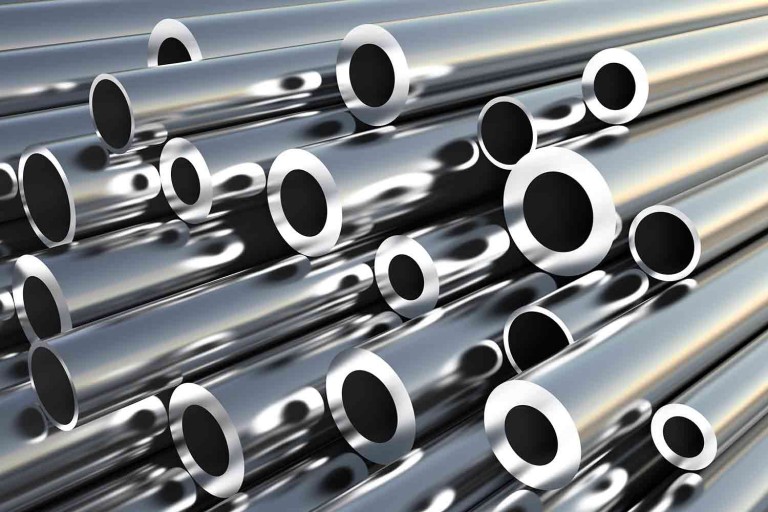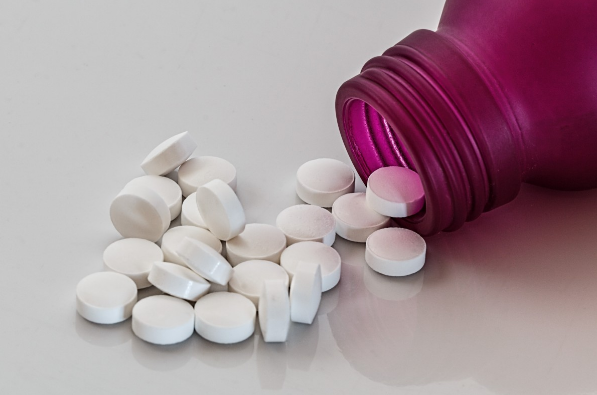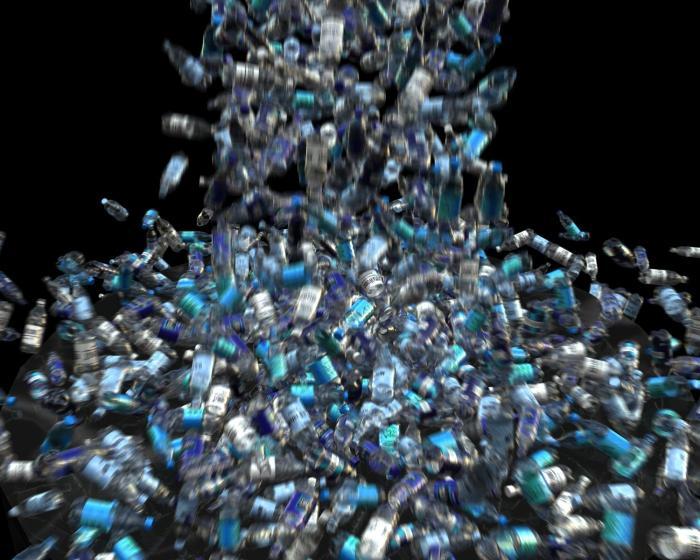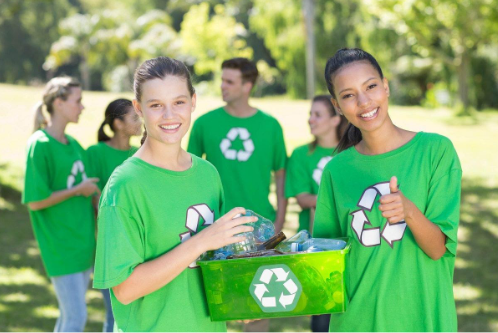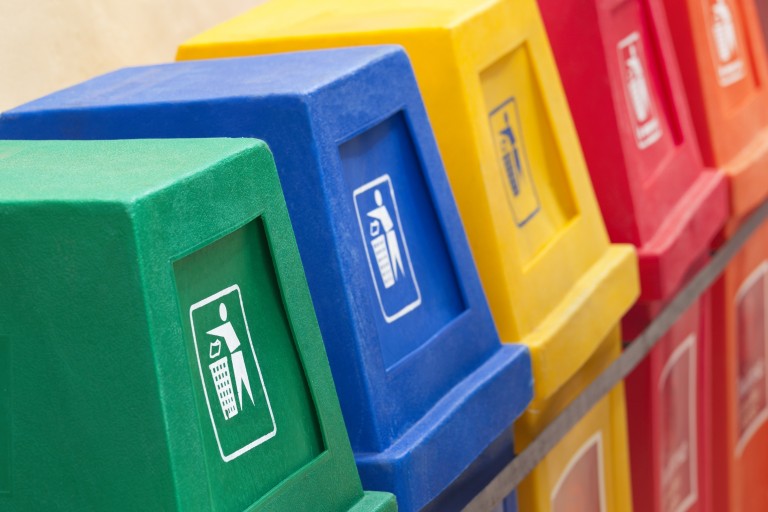The recycling of plastic and plastic bottles
New Life for the PET-packages after recycling
Polyethylene terephthalate or PET is one of the most universal and cheap materials for the manufacture of packages. Bottles for drinks are mainly produced from it.
At average, a person makes more than 360 kg of solid domestic waste per year. A significant part of them are the plastic bottles, whose degradation under natural conditions will take hundreds of years. Expanded are the dumps and landfills around the big cities. Developed countries have long been engaged in the processing and recycling of waste. It appears that the recycling of plastic bottles, apart from the environmental benefits, can bring a good income as well.
Technologies for processing
Currently, there are two basic technologies. With the main one, PET-granules are obtained, which are re-used in the production of the various polymeric products. The second one with revolutionary importance is the technology for the conversion of the old bottles into motor fuel.
The installation has a performance of about 900 grams from 1 kg of raw materials but is of a relatively high value and unavailable for the small business. But to organize the production of a secondary PET brand is not complicated at all. How this happens and where the recyclable materials are used? Let’s look at the main stages.
Collection of waste bottles
The first stage of the waste recycling is the organization of its collection – the simplest one and connected with minimum capital investment.
In accordance with the current regulations there are several variants:
- Establishment of reception points – containers for separate collection;
- Organizing waste reception sites;
- Installing separating installations at the waste landfills;
- Organization of deposit systems.
The bottles are very light but bulky, and therefore, at this stage, significant transport costs might be needed. They might be reduced with the purchase of a small press. This will allow to reduce the volume of the primary raw materials and to reduce the transport costs.
If possible, it is better the bottles to be collected without lids and rings, as they are made of another type of plastic – PVC /polyvinyl chloride/, which must be recycled separately. Of course, they could be removed at the next stages of processing.
Sorting
Not all plastic is identical, so the collected waste should be sorted. The bottles must be sorted by color as well: Colourless, green, blue and brown. A problem turns out to be the bottles which are contaminated with oils and petroleum products, dairy products and household chemicals.
This processing stage is very important, as it has a strong impact on the quality of the end product.
It is important, only plastic type PET to be segregated, except for all other kinds. There are special types of equipment which enables the automatic sorting, but it can also be done manually.
Cleaning
The graded bottles must be carefully washed off from the labels, the residues of the residual content, dust, dirt, glue. Washing is done with plain hot water and caustic soda. The lids are unscrewed or cut from the bottles if this has not been done earlier.
The fragmentation
The well-washed PET is fed into special crushers, where it is turned into flakes – flexible multi-coloured flakes with size 12-20 mm.
There are production lines which combine washing and fragmentation which enhances the end-product quality.
At the same stage, the material can be automatically sorted by colour, if that has not been done earlier.
The PET sorting by colour is very important because the prices of the plastic of different colours are different. After washing, the flakes are dried completely in a centrifuge and drying apparatus.
Packaging
The PET flakes are an intermediate product in the flow diagram for the processing of the PET bottles, although they realize them as an already-finished product as well.
The clean and dry flakes are thrown out of the drying-chamber hopper and are packed in big-bags or polyethylene bags.
The PET-flakes can already be sold to the producers but from them, a better raw material can be obtained – granules.
Agglomeration
This is the process of sintering. The flakes are chopped by rotating knives at a temperature of 100 degrees, at which, small lumps of 2-15 mm are formed. These lumps are submitted for the final operation – granulation.
Granulation
The PET-lumps are converted into the same-size-and-weight granules. The mixture is heated up to 280 degrees; it is drawn out into fibres, cut into identical granules and cooled. At this stage, an extruder can already be used.
Of such a material, now it is possible to produce sewerage pipes, sheath of the electrical cables, grids, and many others. The granulated plastic is a ready raw material for the producers of packagings and in the most extensive range of products – from pools to clothes.
Prospects
The recycling of plastic bottles can be very beneficial for a skilfully organized process. The raw materials are cheap and available and the end product is widely wanted. The same material can be recycled repeatedly.
In our country the processing of plastic waste, and in particular of plastic bottles is poorly developed so, competition is still missing. But in many countries, there is no plastic in the waste landfills.
Benefits
- The limitation of oil consumption,
- Reduction in the environmental pollution,
- Reduction in the price of the PET-goods.
Equipment
The accumulation of plastic in the waste landfills leads to serious ecological problems. The degradation of the PET-bottle takes more than 200 years and the depositions of this material are able to turn the planet into a mammoth garbage dump. With the degradation, toxic substances are released.
The equipment for the processing of plastic bottles can reduce the amount of manual labour. The recycling of plastic not only allows to improve the condition of the environment significantly but it can bring an impressive income.
All contemporary lines, which allow recycling of PET-bottles, contain:
- Vibro sieve for the removal of solid impurities;
- Plastic-sorting conveyor;
- Cap stripper;
- Hot tub for primary washing;
- Centrifuge-dryer with a label separator;
- Crusher;
- Equipment for secondary washing with subsequent drying to obtain suitable plastic flakes for a subsequent processing.
The recycling lines can be extended by an additional equipment as well:
- Fragmentation machine, combining several functions;
- Special drying and washing options;
- Extruder instead of the conventional granulator.
The minimum price of the equipment is about 5 000 Euro. But with the purchase of a new complete cycle, the recycling companies will have to invest at least 250 000 Euro. The plus is that it can be started with a minimum set of equipment, and with the increase in the revenues, some operations can be automated through the purchase of specialized machines. The construction of a recycling enterprise requires a competent selection of equipment. The cheap ones may fail quickly, and the expensive ones will have a significant period of re-payment.
Now is the most favorable time for the purchase of equipment and the establishment of an enterprise for the processing of plastic packaging. After a certain time, the entrance threshold of this market will be much higher, as well as the competition.

